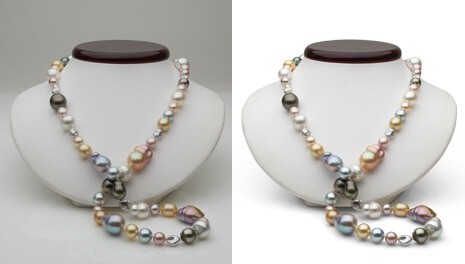Improve your conversion rates and showcase your products in the best light with these tips and tricks for effective eCommerce product photography.
Ultimate Guide to Product Photography for eCommerce

Get started today! In this ultimate guide, we’ll delve into the essentials of product photography, from equipment and setup to techniques and editing tips, to help you create stunning visuals that captivate your audience and boost your online business.
Equipment
Investing in the right equipment is crucial for achieving professional-looking product photos. Here’s what you’ll need:
Camera: While high-end DSLR cameras offer superior image quality, you can still achieve excellent results with a quality mirrorless camera or even a high-end smartphone equipped with a good camera.
Lenses: For product photography, prime lenses with a wide aperture (e.g., 50mm f/1.8) are ideal as they produce sharp images with beautiful bokeh. Macro lenses are also handy for capturing intricate details of small products.
Tripod: A sturdy tripod ensures stability and helps maintain consistent framing and composition throughout your shoot.
Lighting: Good lighting is paramount. You can use natural light, studio lights, or a combination of both. Continuous LED lights or strobes with softboxes provide even, diffused lighting.
Backdrop: A clean, neutral-colored backdrop (e.g., white, gray, or black) helps highlight your products without distracting backgrounds.
Setup
Setting up your product photography studio effectively is essential for achieving consistent and professional results:
Choose the Right Location: Select a well-lit area with ample natural light or set up your studio lights in a controlled environment.
Backdrop Setup: Hang or lay your backdrop smoothly to create a seamless background. Use clamps or tape to secure it in place.
Product Placement: Position your product on a stable surface such as a table or a product photography table. Use props like stands or holders to showcase items at flattering angles.
Camera Placement: Mount your camera on a tripod and adjust its height and angle to frame the product properly. Consider using a tethered setup for easier preview and control of your shots.
Techniques
Mastering fundamental photography techniques is key to capturing compelling product images:
Composition: Experiment with different compositions such as the rule of thirds, leading lines, or framing to create visually appealing images.
Depth of Field: Control depth of field by adjusting aperture settings. For most product shots, a shallow depth of field (low f-stop number) is preferred to blur the background and draw focus to the product.
Focus Stacking: For products with intricate details, use focus stacking techniques to combine multiple images focused on different parts of the product into a single, fully focused image.
Angles and Perspectives: Shoot from various angles and perspectives to showcase different features and dimensions of the product. Include close-up shots to highlight textures and finer details.
Editing Tips
Post-processing plays a crucial role in enhancing your product photos:
Image Editing Software: Use professional editing software like Adobe Photoshop or Lightroom for advanced editing capabilities.
Color Correction: Adjust brightness, contrast, and color balance to ensure accurate representation of your products. Maintain consistency across all images for a cohesive look.
Background Cleanup: Remove any distractions or imperfections from the background using cloning or healing tools to create a clean, polished look.
Product Enhancement: Enhance product details, sharpness, and clarity selectively to make them stand out. Be cautious not to over-edit, maintaining a natural appearance.
Finally
Product photography is a continuous learning process, but with the right equipment, setup, techniques, and editing skills, you can create stunning visuals that drive engagement and sales for your e-commerce business. Remember to stay consistent with your brand’s aesthetic and continuously experiment to find what works best for your products.

